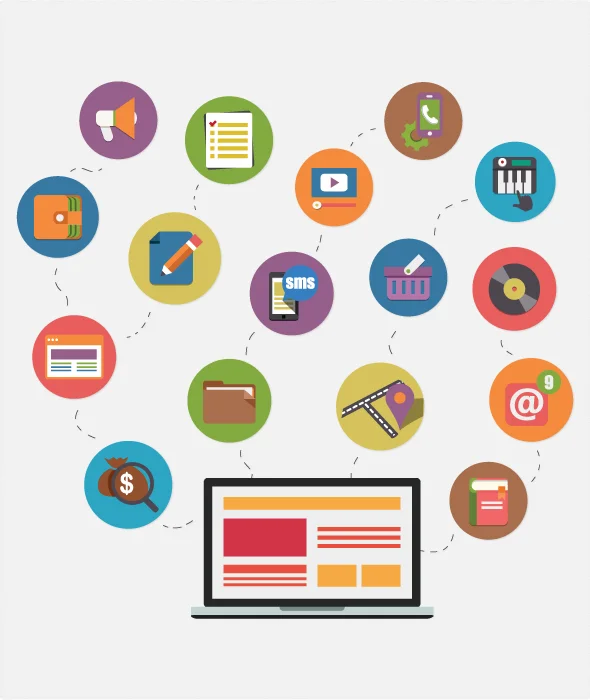Are you happy with your arts organization's CRM? Curious how new features will change the way you use it? Read on.
Insights into Google AdWords for Arts Managers
White Paper Wednesday: RFID Technology in Museums
White Paper Wednesday: Computer Software and Online Technologies to Deepen and Grow Board Engagement
White Paper Wednesday: Digital Badges
White Paper Wednesday: 2015 Ticketing Software Satisfaction
White Paper Wednesday: Making Decisions with Data
White Paper Wednesday: Wearables and the Performing Arts
In 2014, Google Glass had emerged as the leader in wearable technology available on the market. Today, while Google Glass has receded to the fringe of conversations about Augmented Reality and Virtual Reality, wearables have re-entered the mainstream consciousness, and wide-spread adoption feels inevitable.
These trends considered, today's featured white paper from 2014, Performing Arts in the Wearable Age by Thomas Rhodes and Samuel Allen, is a fascinating look back at predictions and projections from just two years ago.
While many things have changed since 2014, this paper's focus on current uses of wearable technology, future implications, opportunities and concerns for performing arts organizations are as useful as ever. The authors' discussion of the hardware specs of wearable devices is particularly nuanced. Equally relevant are the various uses and exciting windows for wearable implementation in music, theatre, and beyond.
While many of the projections cited in this publication might not hold water today, today's current events indicate that widespread adoption of AR/VR is near. From Pokemon Go to continuing developments in Oculus, it is clear that arts organizations will soon have no choice but to confront this exciting and game-changing trend.
Banner image by Dan Leveille via Wikimedia Commons, licensed under Creative Commons
White Paper Wednesday: Cleveland Museum of Art's Gallery One
White Paper Wednesday: Navigating the Cloud
At the time of this paper's initial publication in 2014, 96% of US adults relied on the cloud on a regular basis. It is safe to say that cloud based computing has only become more common in the last two years, and it is important for arts administrators and technologists to understand the basic functionality of the cloud now more than ever.













